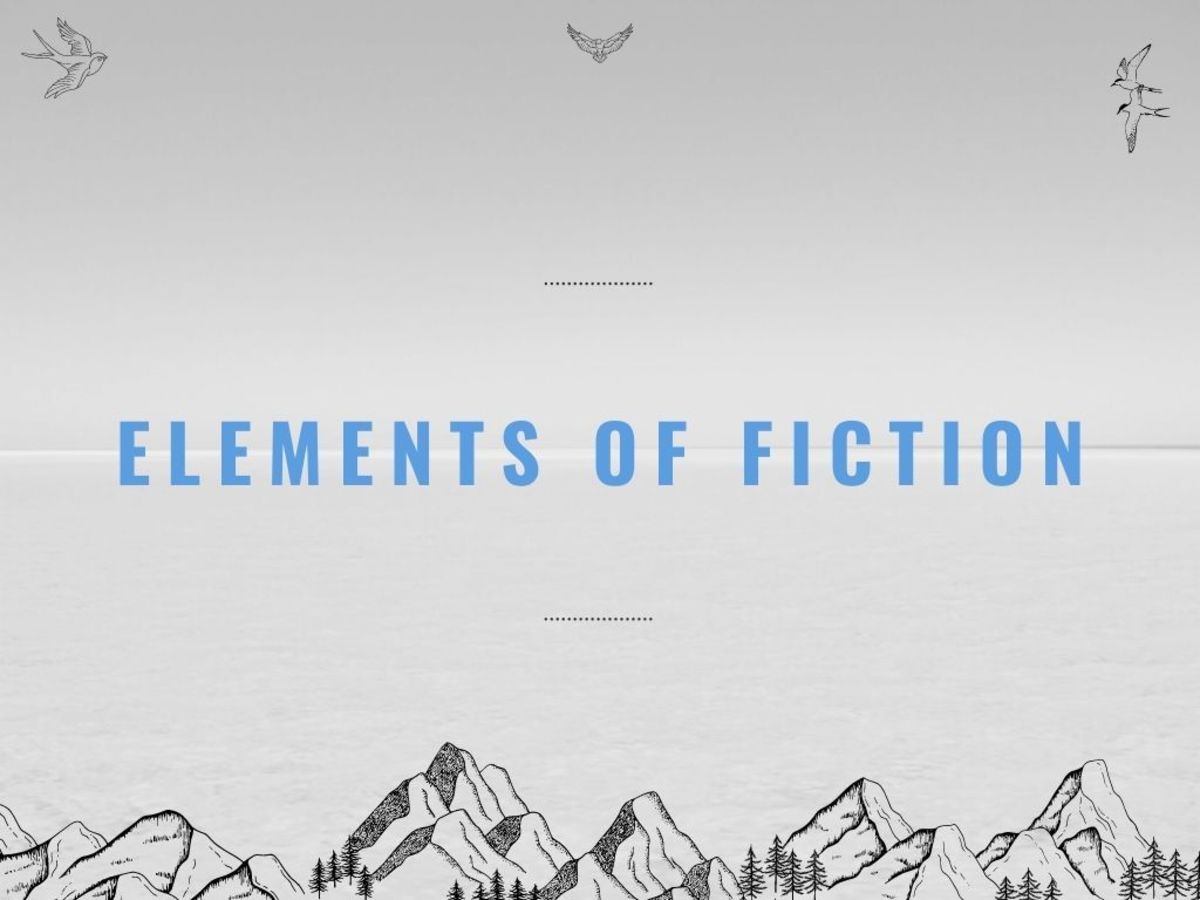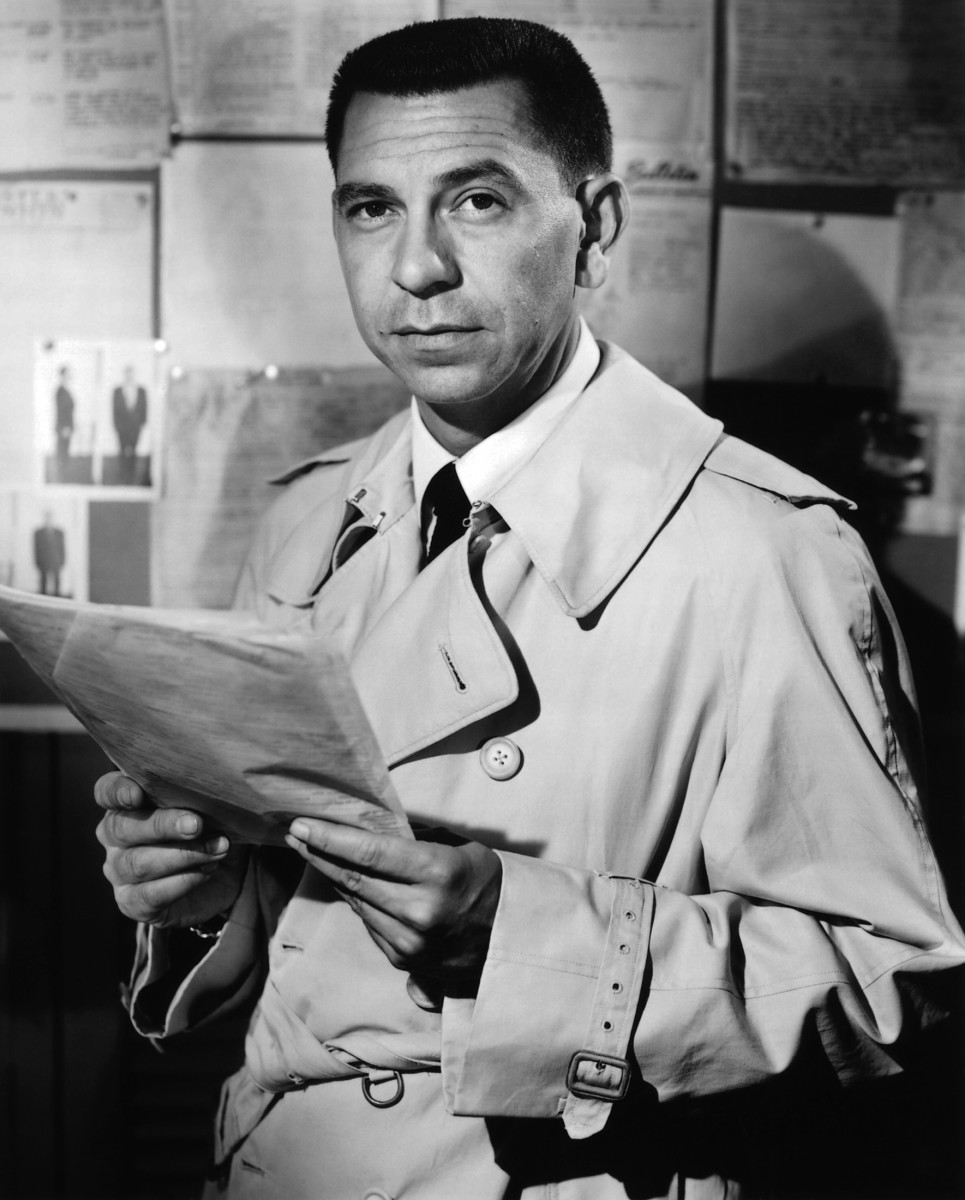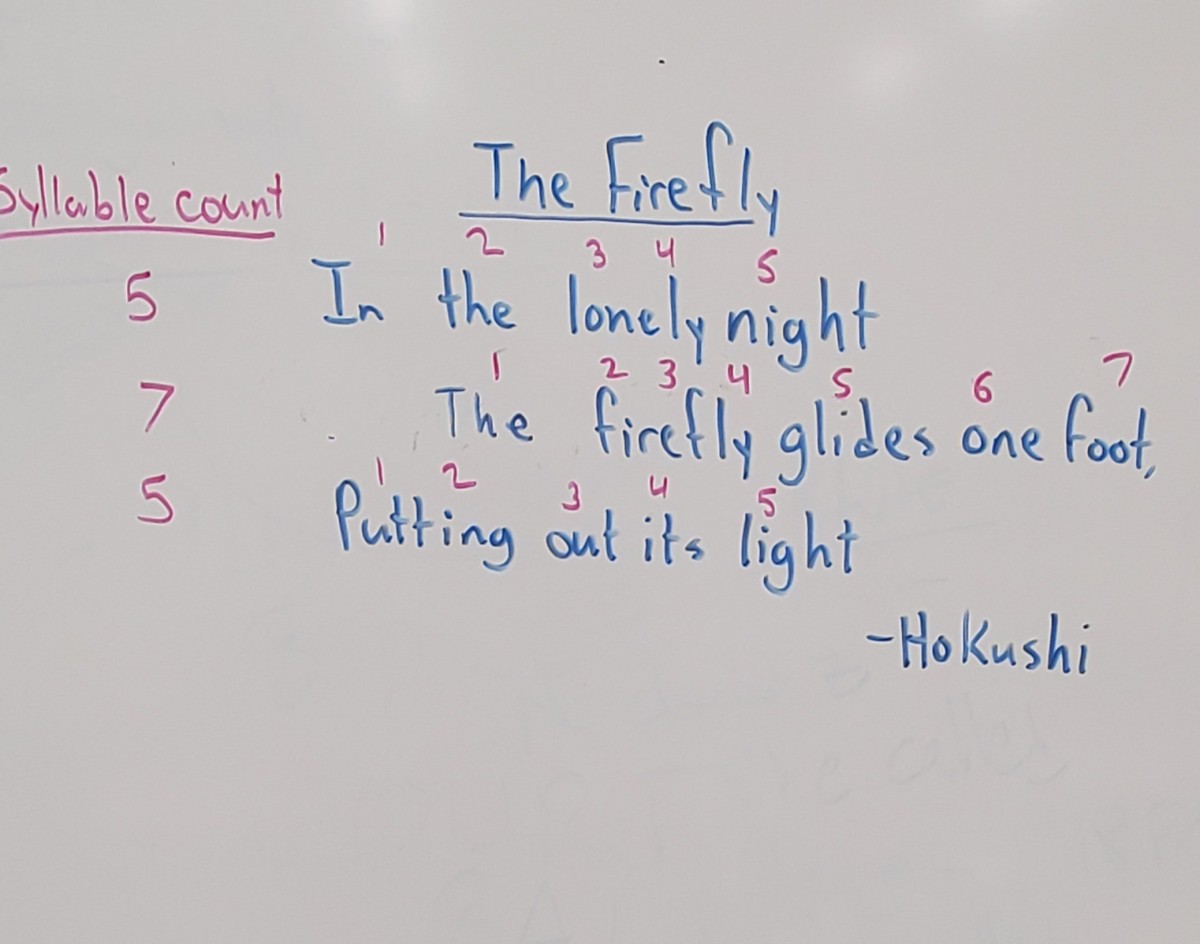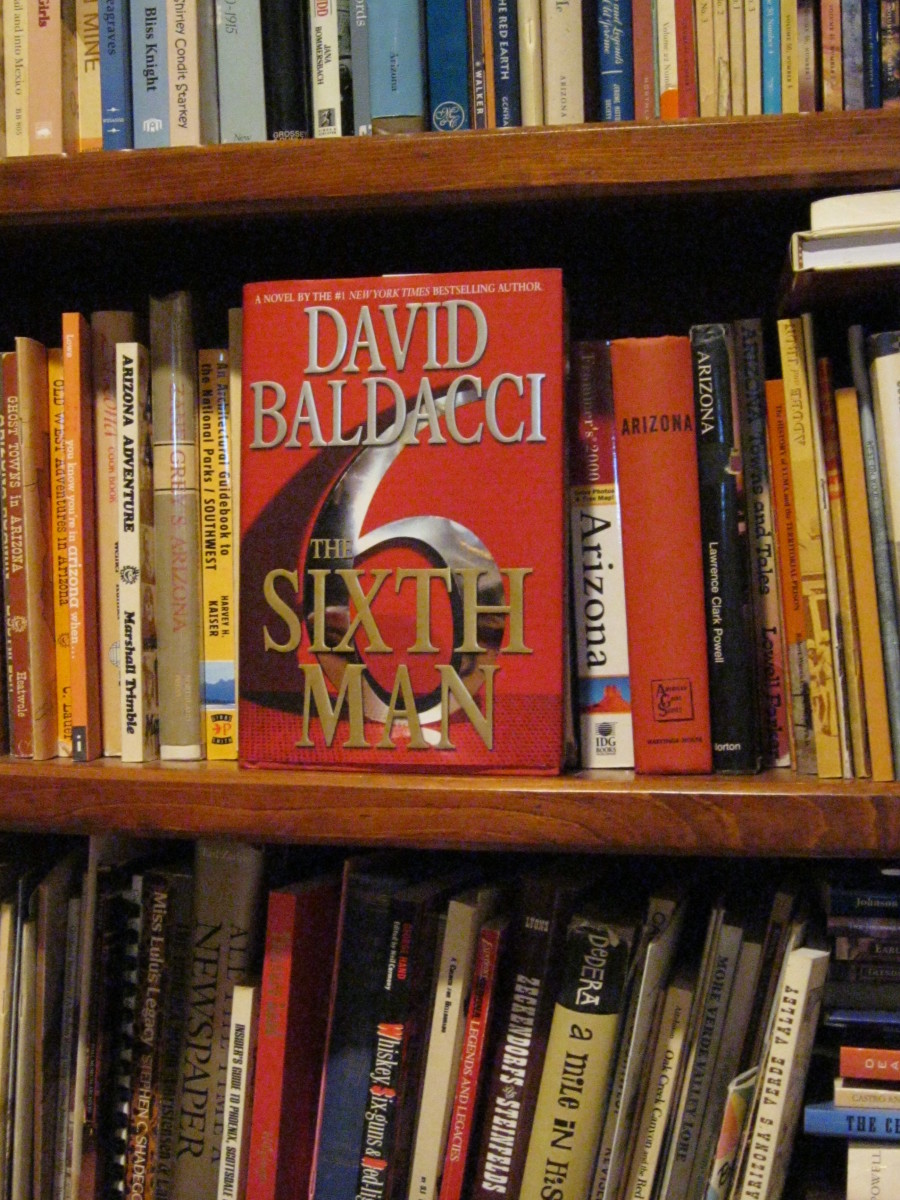Three Styles of Story Plotting
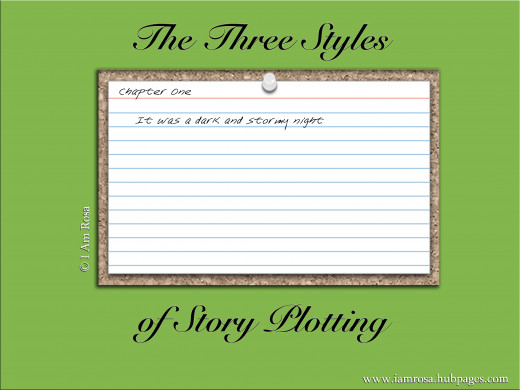
Story Plotting: What Works?
Whether you're a first time author or a pro, writing out the plot to your story in advance can be a great time saver. Just like making sure you have a map (or GPS) before taking a journey, a written out plot line will get you from point A to point B without getting lost along the way. The big question is, how do you plot your route? What is the best technique?
In my experience, the best method is whatever actually works for you. So, what are your options? There are several ways to plot a novel, but I've found that they tend to fall into three style categories: Analytical, Structured, and Free-Flowing.
Analytical
This plotting style is best suited for people who like structure with a very firm handle on details. Writer and editor, Annisa Tangreen writes out the plot of her story and then creates a visual aid to guide her through the writing process.
"I draw out the plot diagram on a long piece of paper, then draw in lines for Act I, Act II, and Act III, then mark where on the story line each of the big events should go. Next I get a stack of 3 x 5 cards and start writing a scene title and a line or two about the scene on each card. After I get a bunch of cards filled out, I lay them out on the plot diagram roughly where they go.
Annisa's Plot Diagram
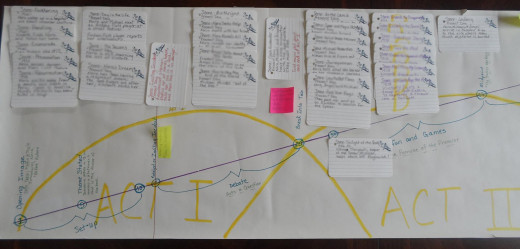
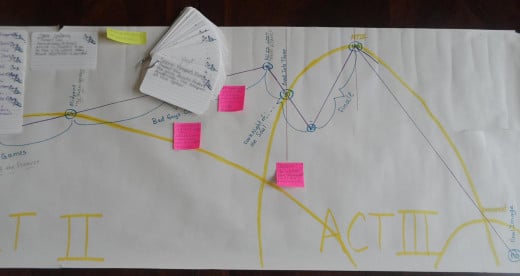
Annisa says that she uses a plot diagram to ...
" ... make sure to follow classical story structure, and to get the beats right so the story moves along at the right pacing and intensity. It really, really helps me! And it's kinda fun!"
Close Up Of Annisa's Plot Diagram
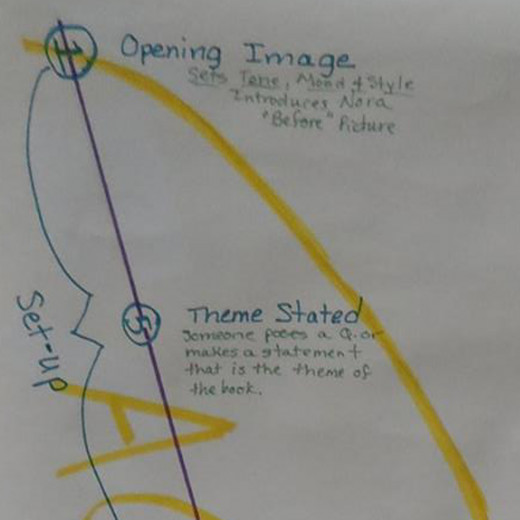
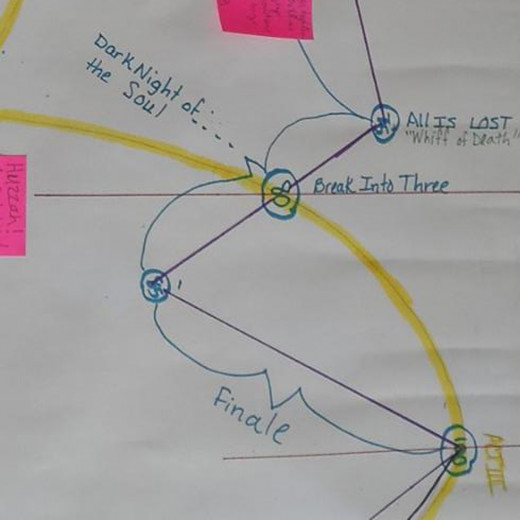
Annisa keeps her note cards on a ring, this way she can take them with her when she works away from home. Besides index cards, she also likes to use Post-it notes.
"Post-it notes work really well, especially if you want to mount the plot line on the wall. The thing I really like about using 3x5 cards (or post-its) is that you can move your scenes around on your time line to see where they best fit."
Annisa recommends Save the Cat by Blake Snyder, Story Engineering by Larry Brooks and The Plot Whisperer by Martha Alderson for ideas on plotting.
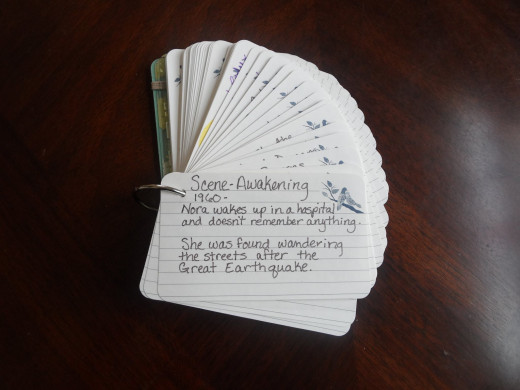
Structured
More relaxed than the analytical style, this method is a simple write up that can be done in your word processor or journal you keep on hand for reference. Polymath, Jade Arcade describes structured plot writing in terms of establishing the core elements of your story.
"Establishing a solid plot line is as easy as an elementary school book outline or bullet point presentation: establish your characters, establish their environment, introduce conflict, resolve the conflict, and establish the character's state at the conclusion. [It's] just like doing a book report, only you are deciding where you want the book to go."
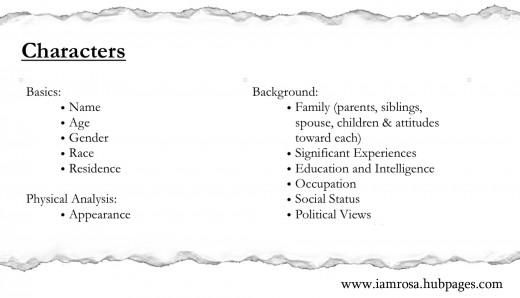
Free-Flowing
This is my preferred method. Not to be confused with "pantsing" (i.e. writing by the seat of your pants), free-flowing is a quick and simple write-up of the story time line of everything you want to happen in the story, including plot twists. I will quickly flesh out any scenes that are already formed in my mind and if there are any parts I’m not sure of, I leave a note for myself in the time line. My plotting draft usually looks something like this:
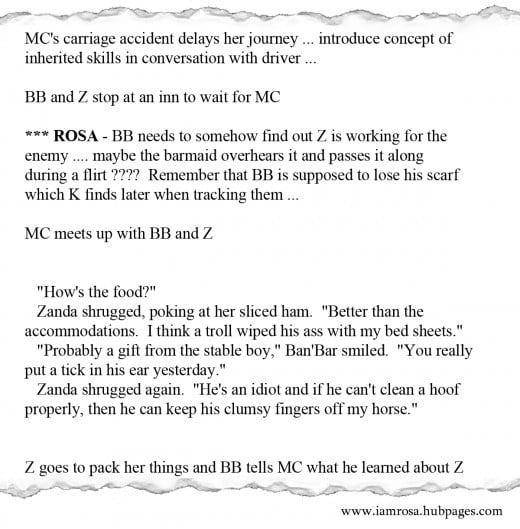
A Word About "Pantsing"
Have you ever read a book where the story seemed to meander forever before finally getting to the resolution? Where plot points weren’t resolved? Characters get introduced and then never used to advance the story? Climaxes were missed? Chances are, these were written by an author who was “pantsing” their way through the writing process.
Writers who pants usually have a general story idea and a minimal acquaintance with their characters. This can lead to a lot of problems:
- The story runs into a dead end because the author was just “following the story” or “letting the character lead the way.” (A.K.A Writer’s block)
- Characters “surprise” them by doing things they didn’t expect and then the author doesn’t know how to progress with the story, or has to re-write a majority of the story to accommodate the new direction.
- Characters don’t stay true to the morals or ideals first established for them.
- Opportunities get missed, especially in multi-book stories where a little forethought can get yo some great connectivity throughout the books.

While good books can (and are) written this way, pantsing ultimately results in major (and multiple) re-writes. Story plotting helps writers work smarter, not harder.
Won't Plotting Kill the Thrill?
Many writers worry that plotting their story will take the vitality and spontaneity out of it. The fact is, the more familiar you are with the reality you are creating and the people who live in that world before you start writing, the better you can convey it to your audience. Moreover, when you have your path already marked out, you can write freely, knowing that you won’t stray off-course or forget something important.
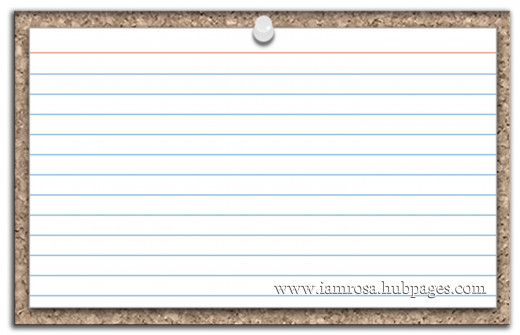
What's Your Style?
Which of the three styles of plotting appeals most to you?
What Works for You
There is no right or wrong answer, just the style that’s “right for you”. Find something that resonates with you and try it. If it doesn't work, either tweak it to better suit or try something else until you find the right fit.
No matter what method you use, there are basic elements you need to have nailed in place before you start writing if you’re going to navigate a clear path from intriguing beginning to satisfying conclusion.
Jade offers this excellent advice:
"Know your world and know your characters. Adhere to the logic of that world you've set up and then from there, it's very elementary. If you don't know your characters before you start or you want to discover your characters while you're writing, you're not going to get the best product."
What Goes in a Story Plot?
To learn what essential details should be established before writing and download valuable free writing tools, you can read my article, How to Plot Your Story.
© 2014 Rosa Marchisella



